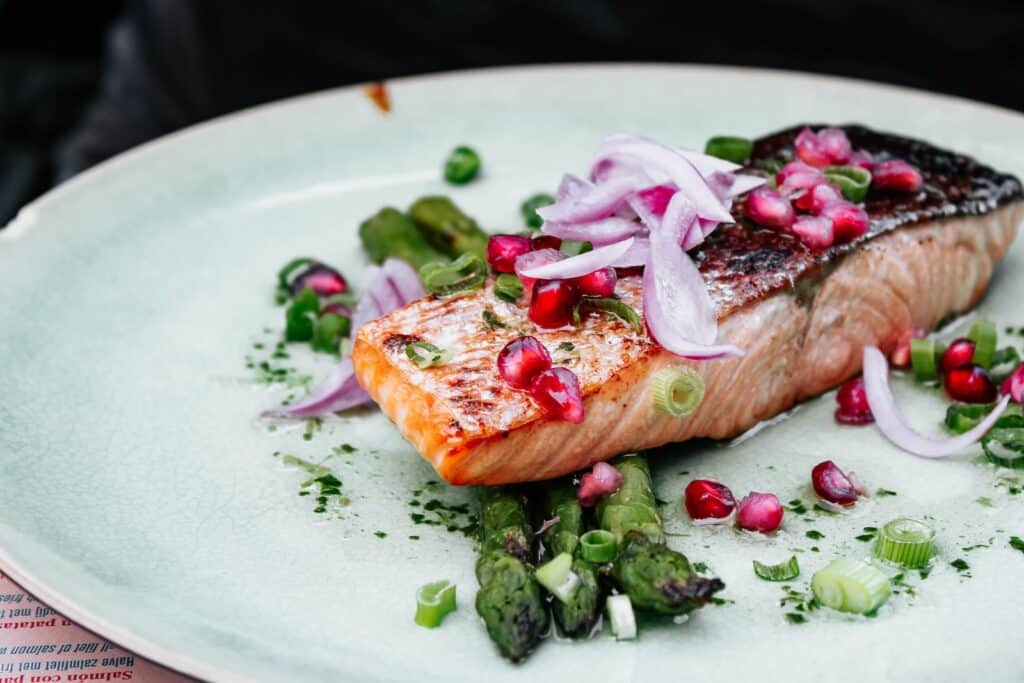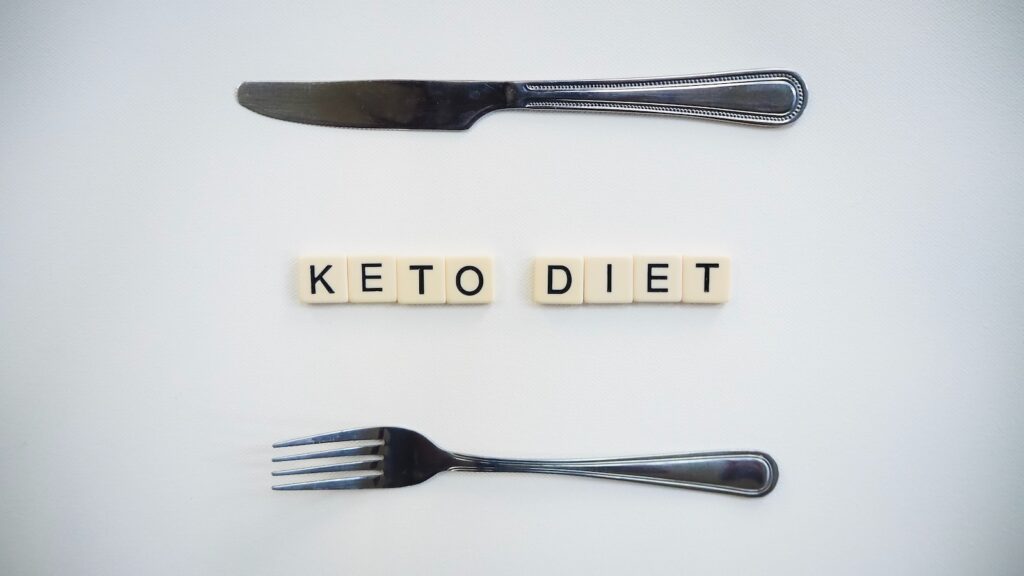Starting a keto diet can be an exciting, yet challenging journey, especially during the first 10 days. This period is critical because it sets the stage for long-term success. You’ll likely experience rapid changes, both mentally and physically, as your body shifts from burning carbs to burning fats for energy. Here’s what you can expect during your first days on keto, and how to best navigate this new diet for optimal results.
Day 1: Getting Started
The first day of keto usually goes smoothly. You’ll feel pretty much like your usual self, but the real challenge lies in figuring out your macronutrient ratios. In a standard ketogenic diet, about 70-75% of your calories should come from fats, 20% from protein, and just 5% from carbs. Transitioning from a typical diet where carbs might make up a large portion of your meals to one where fats take the center stage can be tricky.
A helpful tip is to focus on high-fat foods such as avocados, fatty cuts of meat, eggs, and oils. However, you’ll need to avoid lean proteins and low-fat options, as they won’t provide the high-fat content you need to sustain energy.

Days 2-4: The Carb Flu Strikes
By day two, you may start to notice some of the less enjoyable side effects of the keto diet: the notorious “keto flu” or “carb flu.” This happens because your body is used to burning carbs for energy, and as it depletes its glycogen stores, it takes time to adjust to using fat as fuel. Common symptoms of the keto flu include headaches, fatigue, brain fog, nausea, muscle aches, and irritability. This is your body’s way of protesting the sudden withdrawal of carbs.
The third day tends to be the hardest for most people. Your glycogen reserves are low, and your body is still not fully adapted to ketosis. To make this period more tolerable, it’s crucial to stay hydrated and consume enough electrolytes, like sodium, potassium, and magnesium. This can help mitigate some of the symptoms of the carb flu.
During this time, don’t push yourself too hard. Avoid strenuous exercise, and rest as much as possible. This is a transition period, and your body needs time to adapt.
Days 5-7: Finding Your Groove
By the end of the first week, many people start to feel better as their bodies become more efficient at burning fat for energy. You might still feel a little sluggish, but you’ll likely notice that you’re slowly coming out on the other side of the keto flu.
At this point, it’s important to continue tracking your food intake, especially your carbs. Most people aim to keep their net carb intake under 20-50 grams per day to stay in ketosis. If you’re using keto test strips or a blood ketone meter, you may see your ketone levels rising, indicating that your body is starting to produce more ketones for fuel.
Additionally, meal prepping becomes a game-changer. By preparing meals in advance, you can avoid the temptation of carb-heavy foods and stick to your fat-heavy diet with ease.

Days 8-10: Reaching Ketosis and Reaping the Benefits
Around day eight to ten, most people enter full ketosis. If you’ve stuck to your keto plan, your body should now be burning fat for energy, and you might start feeling the positive effects of ketosis. One of the most common benefits reported during this time is increased mental clarity and stable energy levels throughout the day.
Many people also notice a reduction in hunger during this period. Ketones have an appetite-suppressing effect, which can make it easier to stick to your calorie goals and avoid snacking.
It’s also common to notice changes in your physical appearance, particularly around water retention. The initial weight loss in the first week of keto is often due to a drop in water weight as your body depletes its glycogen stores. This can lead to significant weight loss, sometimes between 1-10 pounds, depending on your body size and starting weight.
Understanding Weight Loss on Keto
A lot of the buzz around keto focuses on rapid weight loss, particularly in the first week. While this is exciting, it’s important to understand that most of this initial weight loss is water weight. Glycogen, which is the stored form of carbs in your body, holds onto water. When your body burns through its glycogen stores, this water is released, which can make the scale drop quickly.
However, once you’re fully in ketosis, your weight loss may slow down. This is because your body will begin burning fat instead of just shedding water weight. While the scale may not move as dramatically in the following weeks, the fat loss you experience will be more sustainable and long-lasting.

Tips for Staying on Track During the First 10 Days
- Hydrate, Hydrate, Hydrate: Staying hydrated is crucial, especially during the early days of keto. As your body sheds water, you’ll also lose electrolytes, which can contribute to the carb flu symptoms. Be sure to drink plenty of water and consider supplementing with electrolyte drinks or tablets.
- Get Enough Electrolytes: Sodium, potassium, and magnesium are key electrolytes that your body needs to function properly, especially during keto. Foods like avocados, leafy greens, and bone broth are excellent sources of electrolytes. You can also consider taking supplements to ensure you’re getting enough.
- Plan Your Meals: Having a meal plan and prepping your meals in advance can make a big difference, especially when you’re busy. This ensures that you have keto-friendly options readily available and prevents you from reaching for carb-laden snacks out of convenience.
- Be Patient: The keto flu doesn’t last forever, and most people start to feel better by the second week. If you’re experiencing discomfort, remember that it’s temporary and part of the process of adapting to ketosis.
- Track Your Progress: Whether it’s monitoring your ketone levels, tracking your food intake, or weighing yourself, keeping track of your progress can help you stay motivated. Remember, the first week’s weight loss is mostly water, but as you continue, you’ll start seeing real fat loss.
- Listen to Your Body: Everyone’s keto journey is different. Some people hit ketosis quickly, while others take a bit longer. Listen to your body and adjust your approach as needed. If you’re feeling too fatigued or unwell, it’s okay to take it slow.

Conclusion: Embracing the Keto Lifestyle
The first 10 days of keto are a crucial time of adjustment. As your body transitions from burning carbs to fat, you may experience some uncomfortable side effects, but once you’re in ketosis, the benefits start to shine through. From improved energy levels to better mental clarity and reduced appetite, the keto diet offers a range of perks that make the initial hurdles worthwhile.
By following the tips outlined here and being patient with the process, you can set yourself up for long-term success on your keto journey. Whether your goal is weight loss, better energy, or improved mental focus, the ketogenic diet has the potential to help you achieve your health and wellness goals.
Frequently Asked Questions (FAQs) About Starting a Keto Diet
What can I expect during the first week of keto?
During the first week, expect significant water weight loss as your body depletes its glycogen stores. You may also experience symptoms of the “keto flu,” such as headaches, fatigue, and irritability, as your body adjusts to burning fat for fuel.
What is the keto flu, and how can I avoid it?
The keto flu refers to flu-like symptoms experienced when your body transitions from burning carbs to fat. To reduce symptoms, stay hydrated, ensure adequate electrolyte intake (sodium, potassium, and magnesium), and gradually ease into the diet by lowering carb intake over time.
When will I enter ketosis, and how do I know if I’m in ketosis?
Most people enter ketosis within 4 to 10 days. You can tell you’re in ketosis by testing your ketone levels with urine strips or blood tests, or by noticing common symptoms like reduced hunger, increased energy, and mental clarity.
How much weight can I expect to lose in the first week?
The first week’s weight loss varies greatly depending on the individual. Most people lose between 1 to 10 pounds, primarily due to water loss, not fat.
How should I handle the sudden drop in energy during the first few days?
It’s normal to feel tired during the first few days of keto. To manage this, avoid strenuous exercise, focus on rest, stay hydrated, and replenish electrolytes. As your body adjusts, your energy levels should return and stabilize.
How do I calculate my macros for the keto diet?
A typical keto diet consists of 70-75% fats, 20% protein, and 5-10% carbohydrates. You can use online macro calculators or apps like MyFitnessPal to track your intake and ensure you’re meeting the correct ratios.
Is it safe to exercise during the first days of keto?
It’s generally safe, but you may want to avoid intense workouts during the first week while your body adapts. Light exercises such as walking or yoga are recommended. As your energy improves, you can gradually return to more vigorous activities.
Can I eat too much fat on keto?
While it’s important to consume a high-fat diet on keto, overeating fat could lead to excessive calorie intake, potentially slowing weight loss. Focus on eating fats that keep you full and energized without exceeding your calorie needs.
What should I do if I feel constantly hungry on keto?
Feeling hungry during the early stages of keto can be common as your body adjusts. Increase your intake of healthy fats, fiber-rich low-carb veggies, and ensure you’re drinking enough water. Fat naturally suppresses hunger, so this feeling should subside as you adapt.
What foods should I avoid during my first 10 days of keto?
Avoid high-carb foods such as bread, pasta, rice, sugary snacks, and most fruits. Stick to keto-friendly foods like fatty meats, eggs, cheese, low-carb vegetables, and healthy oils (olive oil, avocado oil).
How important is hydration on keto?
Staying hydrated is crucial, especially in the first days. As your body sheds water, dehydration can lead to headaches, fatigue, and dizziness. Drink plenty of water and consider adding a pinch of salt or electrolyte supplements to maintain balance.
What are the long-term benefits of the keto diet?
The long-term benefits of keto can include sustained fat loss, improved mental clarity, reduced inflammation, better blood sugar control, and increased energy levels, provided the diet is followed properly with balanced nutrition.
How can I avoid common mistakes in the first week of keto?
Common mistakes include not tracking carb intake, neglecting electrolytes, consuming too much protein, and not eating enough fats. Plan your meals carefully, stay hydrated, and ensure your macronutrients align with keto guidelines.
References
- What is keto flu? (2018, October 18). Harvard Health Publishing. Retrieved from https://www.health.harvard.edu/blog/what-is-keto-flu
- Hallberg, S. J., McKenzie, A. L., Williams, P. T., Hazbun, T. L., & Diulus, C. (2018). Effectiveness and safety of a novel care model for the management of type 2 diabetes at 1 year: An open-label, non-randomized, controlled study. Diabetes Therapy, 9(2), 583–612. Retrieved from https://pubmed.ncbi.nlm.nih.gov/29467800/
- Bueno, N. B., de Melo, I. S. V., de Oliveira, S. L., & da Rocha Ataide, T. (2018). Very-low-carbohydrate ketogenic diet v. low-fat diet for long-term weight loss: A meta-analysis of randomised controlled trials. British Journal of Nutrition, 119(12), 1311–1320. Retrieved from https://pubmed.ncbi.nlm.nih.gov/30877806/
- Urbain, P., & Bertz, H. (2016). Monitoring for compliance with a ketogenic diet: What is the best time of day to test for urinary ketosis? Nutrition & Metabolism, 13, 77. Retrieved from https://pubmed.ncbi.nlm.nih.gov/30803508/
- De Vriese, C., & Gregoire, F. (2020). Role of hypothalamic tanycytes in controlling glucose metabolism and energy homeostasis. Frontiers in Neuroendocrinology, 57, 100833. Retrieved from https://www.ncbi.nlm.nih.gov/pmc/articles/PMC7244089/
- Freeman, J. M., Kossoff, E. H., & Hartman, A. L. (2017). The ketogenic diet: One decade later. Pediatrics, 119(3), 535–543. Retrieved from https://pubmed.ncbi.nlm.nih.gov/29086496/







